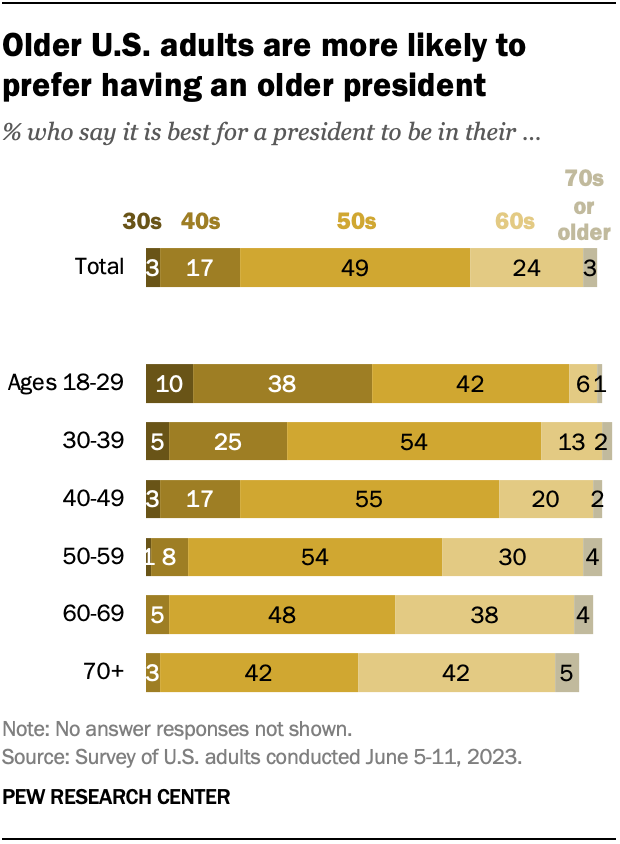Understanding the Debt Ceiling’s Influence on Social Security
The debt ceiling is a crucial aspect of the United States’ financial system that directly impacts various government programs, including Social Security. In simple terms, the debt ceiling is the maximum amount of money that the government can borrow to meet its financial obligations. When the government reaches this limit, it cannot borrow any more funds unless the debt ceiling is raised by Congress. This limit is set to ensure that the government does not accumulate excessive debt and maintains fiscal responsibility.
Social Security, a vital program that provides financial support to retired and disabled individuals, is affected by the debt ceiling. If the government fails to raise the debt ceiling, it may face a potential default on its financial obligations. This could lead to a significant disruption in the payment of Social Security benefits, as the program relies on the government’s ability to borrow funds to meet its obligations. Without an increase in the debt ceiling, the government may be forced to prioritize its spending, potentially delaying or reducing Social Security payments.
Exploring the Comprehensive Explanation of Debt Ceiling’s Impact on Social Security
The impact of the debt ceiling on Social Security can be far-reaching and have serious consequences for beneficiaries. In the event of a failure to raise the debt ceiling, the government may resort to implementing spending cuts across various programs, including Social Security. These cuts could result in reduced benefit payments or delayed disbursements, causing financial hardship for those relying on Social Security as their primary source of income.
Furthermore, the uncertainty surrounding the debt ceiling can create instability in financial markets, leading to increased borrowing costs for the government. This, in turn, may put additional strain on the Social Security program, as it relies on a steady stream of funding to meet its obligations. The potential disruption in the payment of benefits can have a ripple effect on the economy, affecting not only Social Security recipients but also businesses and individuals who rely on their spending.
It is important to note that the debt ceiling is a complex issue that requires careful consideration and timely action from policymakers. Failing to raise the debt ceiling in a timely manner can have severe consequences for Social Security and the overall economy. Therefore, it is crucial for Congress to address this issue promptly to ensure the uninterrupted flow of funds to the Social Security program and provide stability and security to its beneficiaries.







